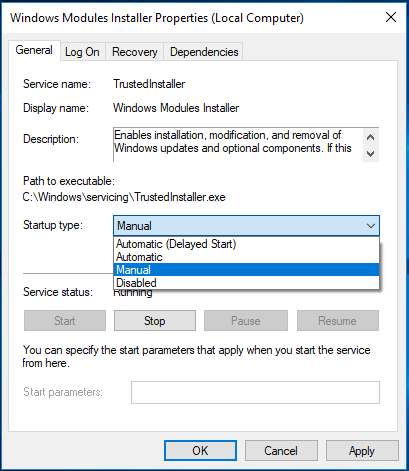

Boot your computer from the original installation media and then use the Troubleshooting menu to start Command Prompt. If your computer doesn’t startup, there is another way to run SFC diagnostic. Opening Command Prompt from the Windows Installation Media The actual location of this file may differ from case to case. The log file shall be helpful to determine the nature of the problem and possible resolution.ĬBS.log is generally found in the C:\Windows\Logs\CBS directory. The System File Checker tool generates a log of every file that was scanned and repaired. If no corrupt files are found, you’ll receive a notification stating no integrity violations were found.Īfter successfully completing the process you will have to restart your computer. If you’re restoring files from a USB flash drive, it all depends on your device’s speed.ĭuring this step, if any files are found that have been modified by a virus, SFC will repair them and inform you via a prompt. Type sfc /scannow in the elevated Command Prompt window and press Enter to execute it.Īs there are plenty of OS files, it can take a lot of time. In the search results, right-click on Command Prompt and select Run as administrator. Type in Command Prompt in the Search box on the taskbar.


In order to restore the original versions of your files, SFC might require the Windows installation media. SFC analyzes your operating system files for corruption and repairs them if they’re found corrupted or deleted. It is a command-line based tool that performs system repair and troubleshooting. System File Checker is Microsoft’s in-house diagnostic functionality in Windows.


 0 kommentar(er)
0 kommentar(er)
